Mapping the Arts and Humanities, a new major project commissioned by the AHRC and Research England, is seeking to identify, locate and make visible the many layers of research infrastructure in the Arts and Humanities. To mark the launch of the project, Professor Jo Fox reflects on the key questions underpinning the project.

We are all familiar with STEM infrastructure in the form of labs and equipment, but what infrastructure exists to support the work of arts and humanities researchers now, and what might be needed in the future? What is the arts and humanities equivalent of CERN and the Large Hadron Collider?
Identifying Infrastructure
Some infrastructure is obvious: physical spaces such as libraries, archives, digital labs, MakerSpaces, studios and performance spaces all provide vital support to researchers in our field. But what about those other, more nebulous enablers of research?
Such infrastructure are not always clearly defined. They are often collaborative and dispersed, involving networks, associations, learned societies, collaborations, institutes, hubs and centres. They tend to be interdisciplinary in nature, although some have deep disciplinary roots. They are also increasingly virtual and technical, from online fora, AI, repositories for born-digital materials, and the ability to develop algorithms through to platforms, software and datasets.
As this might suggest, it is difficult to neatly define what constitutes arts and humanities infrastructure – indeed we may even want to avoid tight definition to ensure that we do not become too restrictive in our thinking or simply seek to emulate STEM in ways that lose sight of what really matters to researchers on the ground.
Locating infrastructure
If we don’t know what humanities infrastructure is, then we certainly do not know where it is.
Our project seeks to provide more definition as to what constitutes arts and humanities infrastructure (in the hope that what we need is recognised and funded appropriately) and to find out what is not there and identify what will be needed to support the research of the future.
Equally important is the opportunity for researchers to find out what’s available to support our work both locally and nationally and how to connect. We have all been in the position of seeking new partners for research projects and initiatives, and it can be difficult to find out who might be working in similar areas or where key centres and hubs are located. In many ways, people (our networks and our collaborations) and their expertise are the most important part of our ‘infrastructure’, and the map will help us to find one another more easily.
Connecting infrastructure will be critical. At a time when resources are scarce and where interdisciplinary approaches are needed, we will need to collaborate more. The real gains lie where we become more than the sum of our parts and when we take a more strategic approach as to what we build and where.
Supporting infrastructure
Identifying what constitutes humanities research infrastructure and where that infrastructure is located will help us to answer questions about how best to develop and sustain them.
Where are the opportunities to link existing infrastructure, including across STEM and the SHAPE disciplines? Where is the interface between infrastructure based in our Universities and that in other sectors, in the creative industries, in heritage, in industry? What is best provided locally to boost regional activity, and what nationally or internationally?
How accessible is our research infrastructure – is it open to all, helping to facilitate genuine participatory research – or it is in the hands of the few? How is infrastructure to be funded and sustained? How do we scale what we have? What will our research ecosystem look like 10 years from now, and do we have the infrastructure to create the new knowledge of the future?
Understanding what we have is a starting point for these discussions, and the map provides this foundation. In the coming months, we will be reaching out to all researchers to help us build the map. It’s critical that we are all involved so that the map becomes a valuable, comprehensive resource for all, and so that we capture all the extraordinary work that is going on across the UK (in the first instance).
Knowing what we have and what we need will also build the case for further investment – we know how important this is for the future of our disciplines individually and as a whole. So please do follow the development of the map and please do get involved. It’s vitally important that you do.
Professor Jo Fox is Dean of the School of Advanced Study and Pro Vice-Chancellor (Research and Public Engagment) of the University of London. Professor Fox chairs the project board for Mapping the Arts and Humanities.
Learned societies and the research landscape
Becky Fisher, Elizabeth Draper and Jenny Richards of the English Association reflect on the role of learned societies in the UK research ecosystem, and how a map of research infrastructure will benefit their work.
Mapping our infrastructure: recent discoveries
The latest discoveries from our infrastructure mapping team.
How do we capture the diversity of our research infrastructure?
Professor Jane Winters explores the challenges of identifying and quantifying our arts and humanities research landscape.
Infrastructure and innovation
Dr Jaideep Gupte considers how the Mapping the Arts and Humanities project will help to strengthen the UK’s global standing in the sector,
Mapping the UK’s arts and humanities research landscape
Introducing the Mapping the Arts and Humanities Project.





